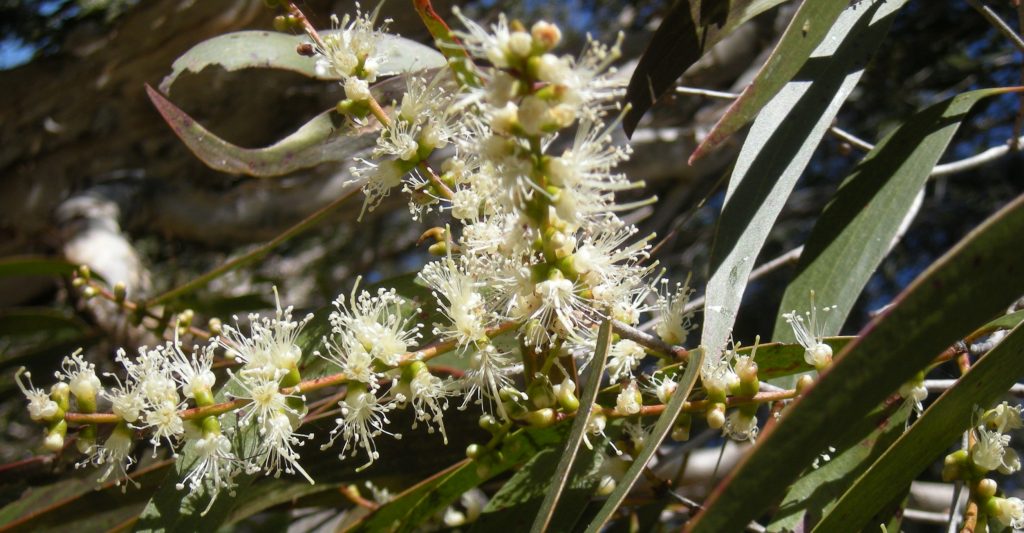Fast fact Friday
Did you know? March and April are the peak months up and down the east coast when a number of Australian native trees such as melaleucas and eucalypts flower. With substantial rainfall such as we’ve been having this year, that flowering can be especially profuse.
And that’s good news for flying foxes – these trees are key food sources for them, enticing them to travel hundreds of kilometres in search of the trees’ sweet nectar. In 2017-18, Dr David Westcott of the Commonwealth Scientific and Industrial Organisation (CSIRO), tracked little red flying foxes which had travelled 800kms to northern Queensland, gathering in a camp of over 200,000 to feast on the abundant melaleuca and eucalypt flowers.
Until the flowering ends, seasonal flying-fox camps abandoned at other times of the year can become active again, while camps that are active all year round can see populations swelling to tens of thousands.
And that’s bad news for airports. If these camps are located near airports, or there are stands of flowering eucalypts and melaleucas nearby, the flying-fox strike risk can become unacceptable.
What airports can do:
- Regular and ongoing monitoring of your local flying-fox populations
- Communicate the risk to aircraft operators (including in real time), and update your communication plan regularly.
- Know the dominant plant species in your region which may attract wildlife, and when they flower so you can pre-empt an influx of flying-foxes.
- Have a good landscaping plan in place, and liaise with land users around the airport regarding the most appropriate plants to use.
- Don’t plant eucalypts and melaleucas on or around your airport!
Avisure have been helping operators with all the above and more since 1997.
Hero image Melaleuca leucadendron – cEthel Aardvark.


